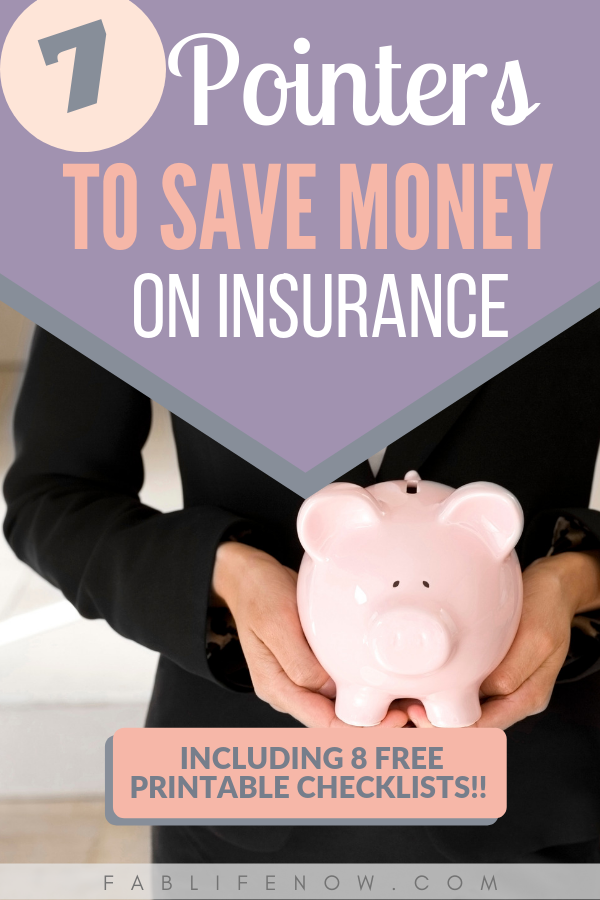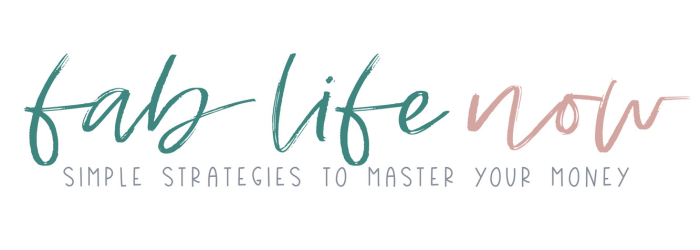The purpose of cutting spending and saving on purchases is to set aside extra money to pay off a debt or build savings. It can also help to stretch your dollar when you are low on cash.
There are many ways to cut your spending painlessly even when it feels like you don’t have enough to cover everything. If you can focus your efforts on a few things to cut, you will find you can cut $20-50 a month and then start your savings or reduce your debt.
Here are lots of ideas to get you started. Read each category and go through your last few months of spending to see which you can use in your own plans. If doing them all is overwhelming, start by choosing 1-3 from each list and then watch how much you can save over time. Be sure to download the 8 Cutting Costs Checklists from the Resource Library so you can go over your spending and check the tips off as you implement them.

Insurance is an important consideration to keep yourself from having large bills that you cannot pay or even force you into bankruptcy if there is a tragedy that you cannot afford with the coverage you have. It is important to be sufficiently covered, but you don’t want to overpay for that coverage.
Here are some great tips to cut your insurance costs.
1 Shop around for auto and homeowner’s insurance before simply renewing every couple of years. Check out the rates of competing companies to see if any will save you money.

2 As you build your emergency savings you can raise your deductibles on your insurance policy to save on the monthly premium.
3 Assess your needs for life insurance coverage. Do you have dependents that will rely on your salary for their well being and would not have their needs met in the case of your passing? If not, then you may not need it. As your children move away from home or if your spouse works, you may not need to pay for as much life insurance. A cheaper term policy may meet your needs over a whole life policy.
4 Look over policies, especially whole life or annuities and decide if they are worth what you are paying for them. These are often sold to people as an investment, but they rarely are good investments for most people. You can usually do much better investing in something that is not attached to an insurance policy.

5 Consider dropping credit insurance coverage on installment loans. Many people have sufficient assets to protect themselves in the case of death, disability, or unemployment.
6 Shop around and compare rates for life insurance policies. Consider seeking out a broker to do the shopping for you. They work for you, trying to find the best policy at the best rate for you. You often don’t pay them directly, they get a little kickback from any of the companies you choose. You could see if the broker can shop for home and car insurance at the same time.

7 At open enrollment for your company, take the time to thoroughly research your options. Compare what alternatives your company can offer you. Look at each closely according to the needs of your family. If you don’t understand what you will end up paying out of pocket, call your HR department or the insurance contact to go over the options. Check rates and options with the Healthcare Marketplace. You also might be interested in the health sharing options that have become more common, they may suit your family’s needs better.
Don’t forget to sign up for my newsletter in the sidebar or the bottom of this page to gain access to the Resource Library. There you will find the 8 Page Checklist to guide you through saving on all eight categories below!
To find out other ways to save money, check out the rest of my money-saving series.
BANKING | TRANSPORTATION AND TRAVEL | HOUSING AND UTILITIES
SOCIAL INCLUDING PHONE | ENTERTAINMENT | CLOTHING | FOOD

- Can You Bring an Inhaler on a Plane? Important Tips - February 5, 2024
- How Can I Hide Money From My Husband Before Our Divorce? - January 21, 2024
- Comprehensive Credit Card Forum Guide: Best 10 to Join - November 17, 2023

Leave a Reply